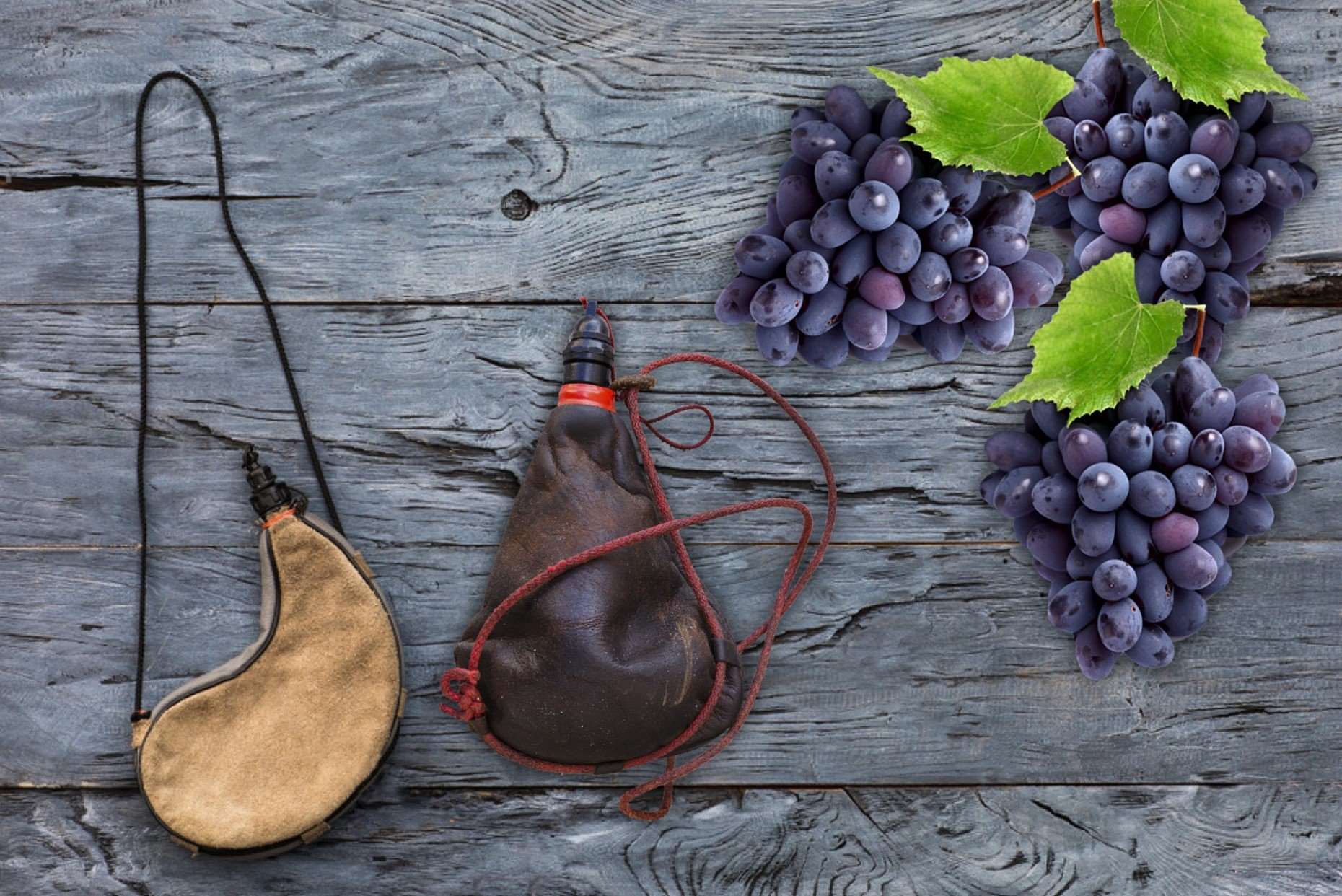
Why can't you pour new wine into old wineskins? This question, rooted in one of Jesus' parables, offers a profound lesson on change and adaptability. Found in the Gospels of Matthew, Mark, and Luke, the parable uses the imagery of wine and wineskins to illustrate the need for new structures to accommodate new ideas. New wine symbolizes fresh teachings or experiences, while old wineskins represent outdated frameworks or traditions. Pouring new wine into old wineskins leads to bursting, symbolizing the failure of old systems to contain new concepts. This parable teaches that embracing transformation is essential for growth and renewal.
Biblical Context
The parable of new wine into old wineskins is a profound teaching from Jesus. Found in three of the four Gospels, it offers deep insights into change and adaptation.
-
Biblical Placement: This parable appears in Matthew 9:14-17, Mark 2:18-22, and Luke 5:33-39. Each version provides a slightly different perspective but maintains the core message.
-
Jesus' Words: Jesus says, "No one pours new wine into old wineskins. If he does, the new wine will burst the skins, and the wine will run out and the wineskins will be ruined. No, new wine must be poured into new wineskins" (Luke 5:36-39).
Symbolic Meanings
The parable uses vivid imagery to convey its message. Each element symbolizes something deeper.
-
New Wine: Represents new teachings, ideas, or spiritual experiences. It signifies freshness and innovation.
-
Old Wine: Stands for old teachings, traditions, or ways of thinking. It symbolizes the established and familiar.
-
New Wineskins: These are new structures, institutions, or ways of doing things. They represent adaptability and readiness for change.
-
Old Wineskins: Represent old structures, institutions, or traditional ways of doing things. They symbolize rigidity and resistance to change.
Teaching on Change
The parable emphasizes the necessity of change. It teaches that new ideas need new frameworks to thrive.
-
Inevitability of Change: Change is not just possible but necessary. Just as new wine needs new wineskins, new ideas need new frameworks.
-
Incompatibility: Old and new are fundamentally incompatible. Mixing them can lead to failure and destruction.
Transformation Required
For new wine to be contained, transformation is essential. This applies to individuals, communities, and institutions.
-
Need for Transformation: New ideas and teachings require new mental and spiritual shifts. This transformation is not just physical but also mental and spiritual.
-
Reconditioning Old Wineskins: Old wineskins can be rejuvenated by cleaning and soaking them in oil. This suggests that old structures can adapt if properly prepared.
Cultural Relevance
The parable transcends its original context and holds relevance in many cultures.
-
Cultural Symbolism: In many cultures, old wineskins are made from goatskin lined with pitch. These skins lose elasticity over time, mirroring human experience.
-
Missiological Implications: New missional ideas require new sociological structures. The church must adapt its methods to reach new people.
Church Reformation
The parable has been used to justify church reformation and renewal.
-
Church Renewal: The church must change its practices and structures to accommodate the new wine of the Holy Spirit. This is crucial for maintaining vitality and relevance.
-
Individual Transformation: People must undergo transformation to receive new teachings and experiences. This involves letting go of old ways of thinking.
Fear of Change
One of the biggest challenges in implementing this parable is the fear of change.
-
Resistance to Change: Many people prefer to stick with what they know. This resistance can lead to stagnation and the loss of new wine.
-
Empowerment of Innovators: The parable encourages the empowerment of innovators. Leaders should support those willing to take risks and try new things.
Stagnant Christianity
Using old wineskins to contain new wine can lead to stagnant Christianity.
-
Stagnation: Prioritizing traditional practices over innovation can result in a form of Christianity that does not help people and does not participate in the work of love.
-
New Wine for New People: The church must adapt its methods to reach new generations and communities. Using old wineskins can result in the new wine being spilled.
ReMissioning Church
The concept of ReMissioning Church is closely related to the parable.
-
ReMissioning: Doing church for people who do not do church in a way that fits their sociology. This means creating new sociological constructs that fit an unreached people.
-
Gospel Universality: The gospel is the same, but its expression can vary greatly depending on the culture and sociology of the people being reached. This universality is crucial for its effectiveness in different contexts.
Timeless Lessons from New Wine Into Old Wineskins
The parable of new wine into old wineskins offers timeless lessons about change, adaptation, and growth. It teaches that new ideas and teachings need new structures to thrive. Trying to fit innovative concepts into outdated frameworks can lead to failure. This parable encourages transformation on both individual and community levels, urging us to embrace new ways of thinking and doing things. It also highlights the importance of being open to change and supporting innovators who bring fresh perspectives. Whether in religious contexts, personal growth, or community development, the message is clear: to accommodate new wine, we must be willing to create new wineskins. This simple yet profound teaching continues to inspire and guide us in our pursuit of spiritual and intellectual growth.
Was this page helpful?
Our commitment to delivering trustworthy and engaging content is at the heart of what we do. Each fact on our site is contributed by real users like you, bringing a wealth of diverse insights and information. To ensure the highest standards of accuracy and reliability, our dedicated editors meticulously review each submission. This process guarantees that the facts we share are not only fascinating but also credible. Trust in our commitment to quality and authenticity as you explore and learn with us.


